5 Highlights from Lifeblood
There are many stories running through the Lifeblood exhibition. Linking them all are the connections you’ll discover between Edvard Munch’s life, art, and the world of medicine and care which evolved during his lifetime. Here are some highlights of the exhibition:
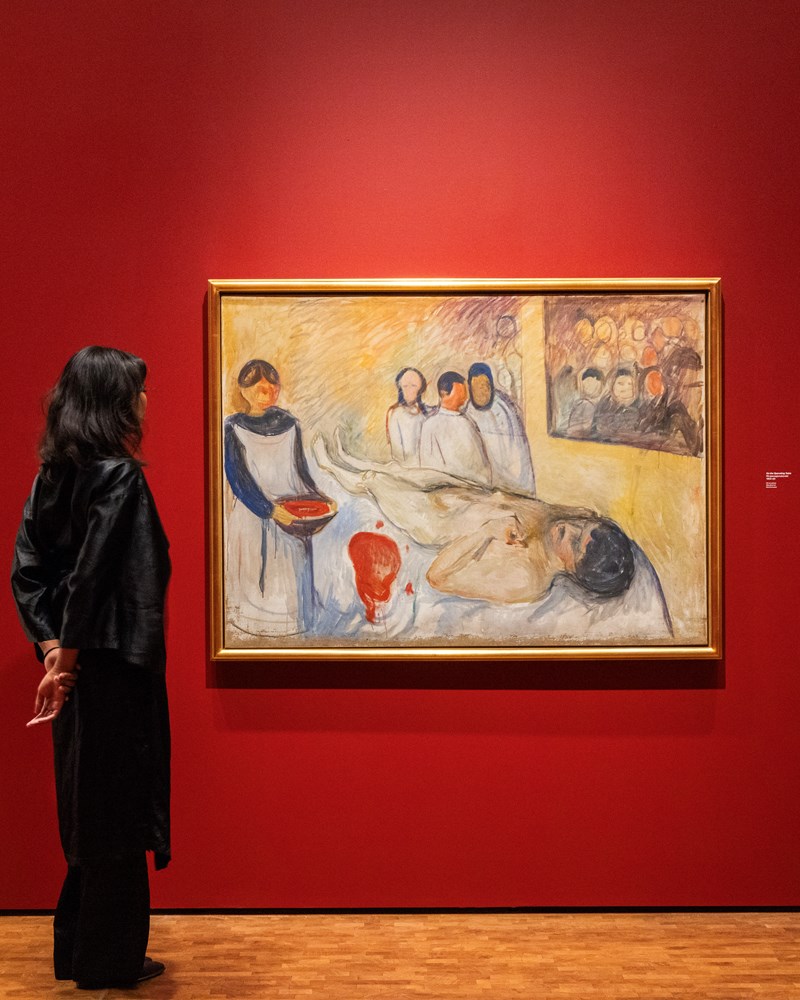
Photo: Ove Kvavik, Munchmuseet
1. New ways of understanding Edvard Munch
Did you know that Edvard Munch was practically a vegetarian? Or that he painted himself while he was sick with the flu or an eye infection? In Lifeblood you’ll see many new angles on the artist which will deepen and enrich your understanding. For example: that from an early age he joined his father, who was a doctor, on medical visits and sketched patients and the inside of apothecary shops. Or that many of his friends were doctors, and he often gave them artworks in exchange for treatment.
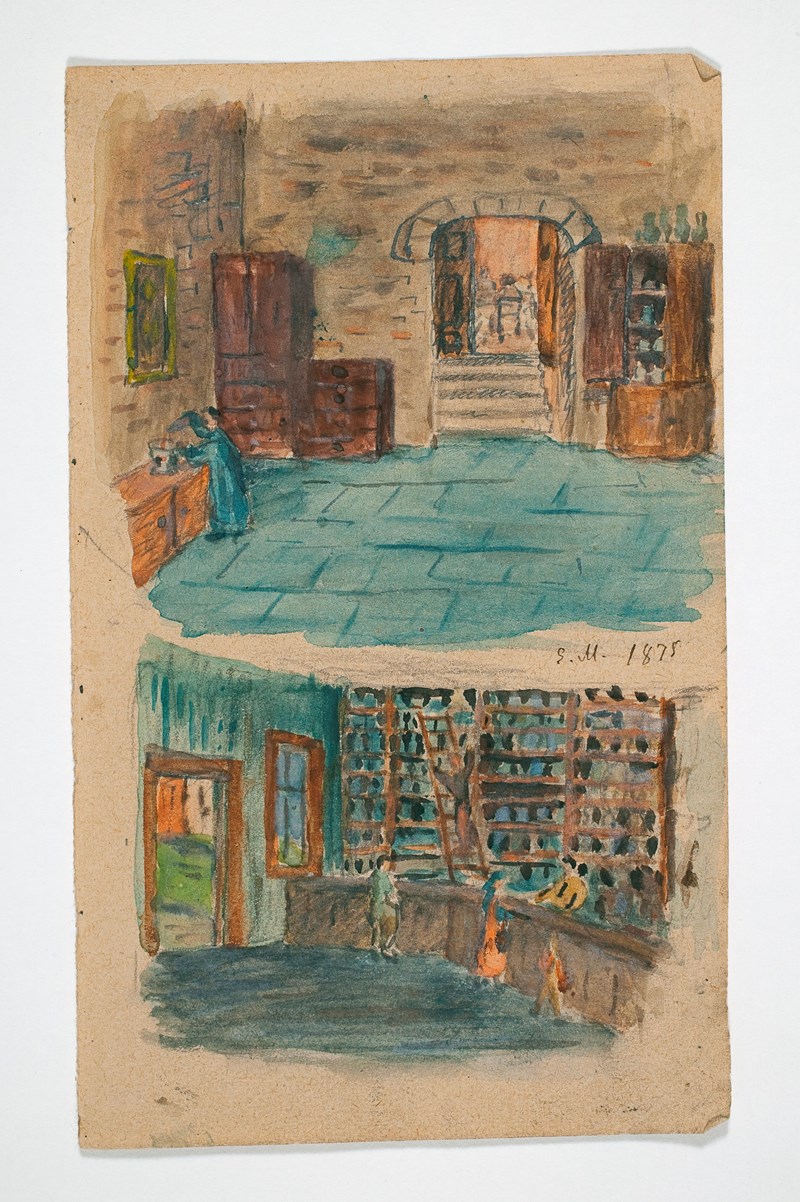
Interior of a Castle / Interior of an Apothecary’s Shop, Edvard Munch, 1875. Watercolour, pencil. Photo: Munchmuseet
2. A human skeleton
We don’t know whose skeleton this was, but we do know that they were born around the same time as Edvard Munch and was living in Paris at the same time as the artist. You can see this as well as other fascinating objects from the history of medicine, including a wooden baby incubator, medicine bottles, and a ‘spit flask’ used by tuberculosis sufferers. You can even see some tiny silver hearing aids which were once owned by Inger Munch – Edvard’s sister.
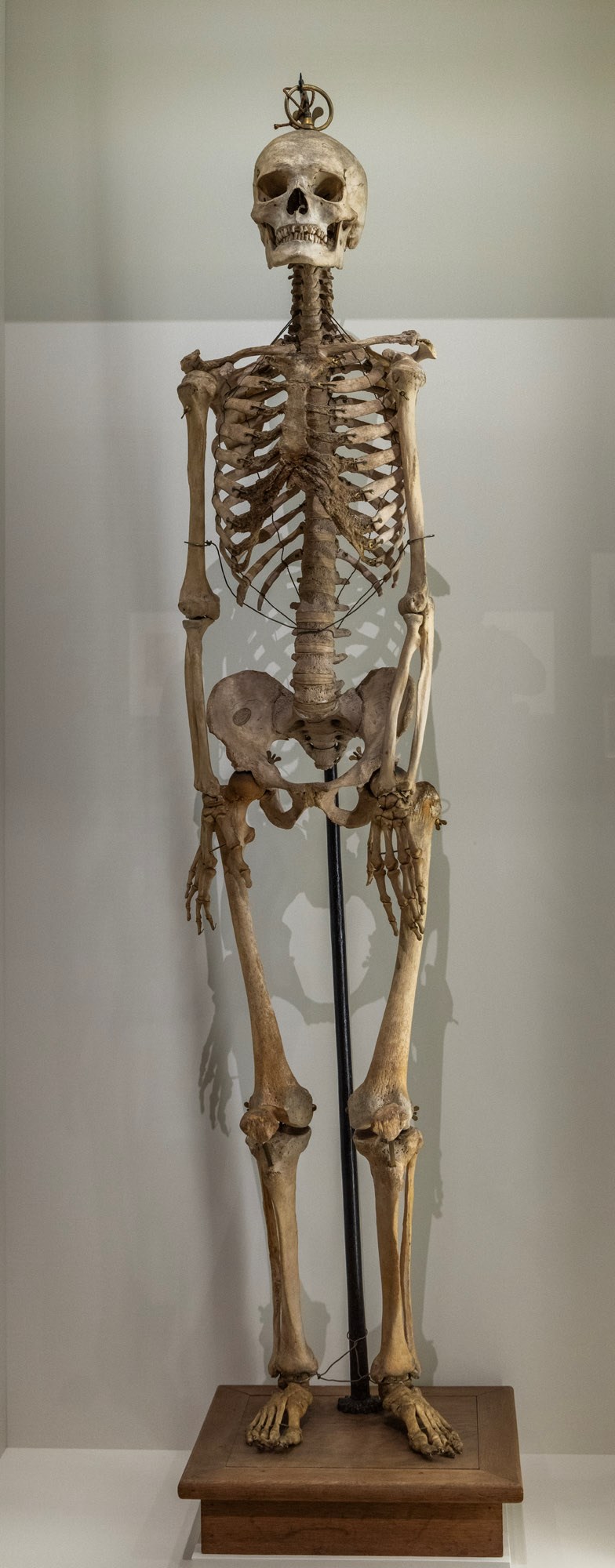
The Norwegian Museum of Science and Technology. Photo: Ove Kvavik, Munchmuseet
3. Wellness and tourism
Edvard Munch enjoyed the great age of foreign travel by sea and rail. Many of his journeys he took in search of better health. In the exhibition you’ll see examples of the spas, sanatoriums and healthy destinations he sought out, to improve his vitality and to gain inspiration. As some of his artworks show, there were often unhealthy temptations like gambling and drinking just around the corner!
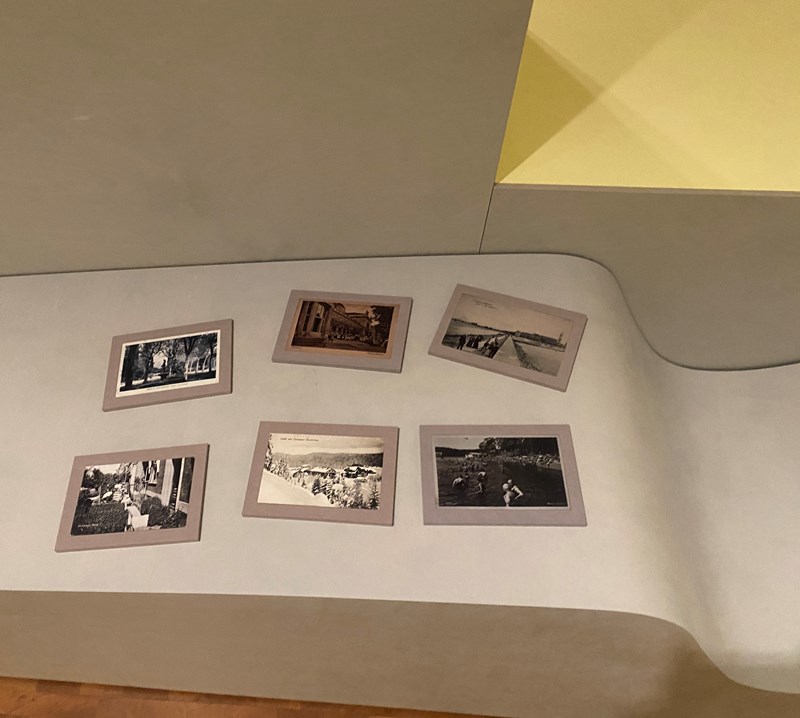
Photo: Rob Young, Munchmuseet
4. Women in medicine
There are many stories in Lifeblood about women and medicine – both as patients and caregivers. Learn about the role of the deaconess nurse, the background to Munch’s artwork The Sick Child, the connections between contraception advocates like Marie Stopes and Katti Anker Møller and the eugenics movement, and Edvard Munch’s complex relationships with the nurses who treated his mental health problems at a private clinic in Copenhagen. And read an extraordinarily moving letter sent by his sister Laura Munch to her doctors, where she speaks of losing her will to live.
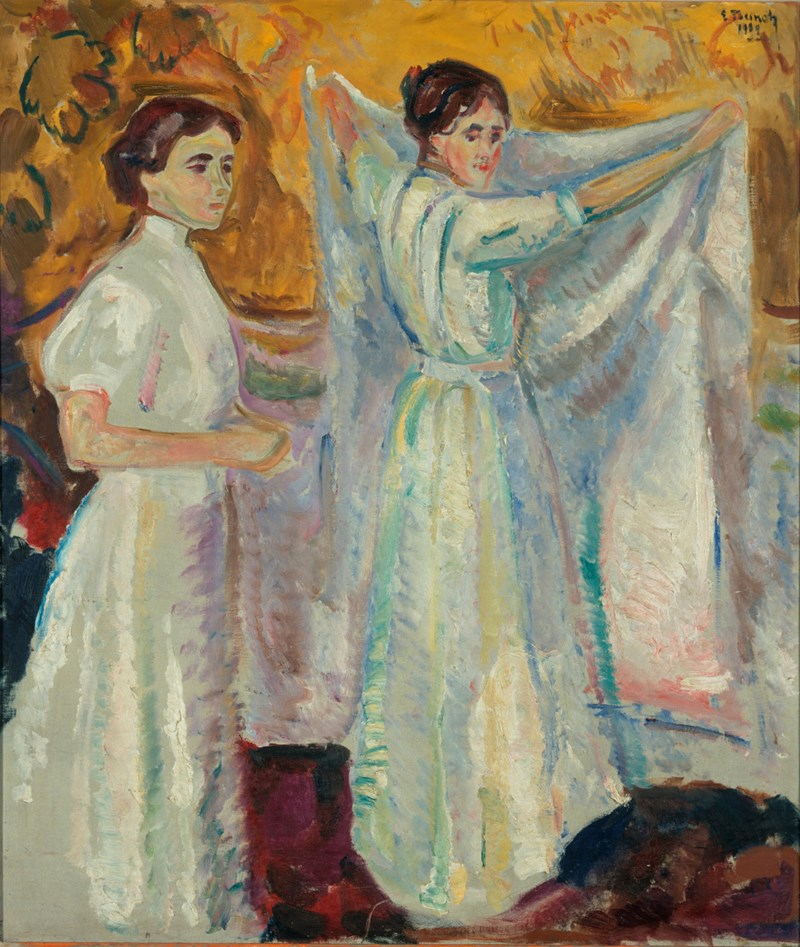
5. Edvard Munch’s death mask
A rare chance to see the original death mask which Edvard Munch’s personal doctor, Kristian Schreiner, made shortly after the artist’s death in 1944. The reproduction of his face is incredibly lifelike. You might think you are up close to the artist while he is having a short sleep…
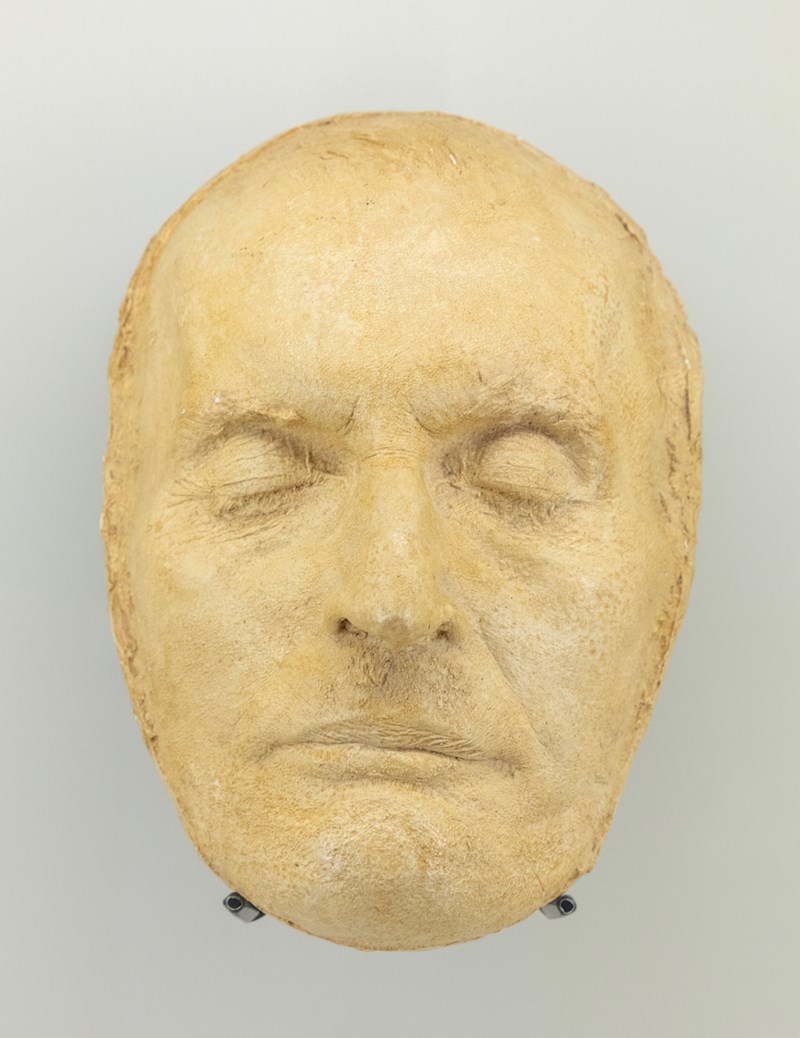
Photo: Ove Kvavik, Munchmuseet

